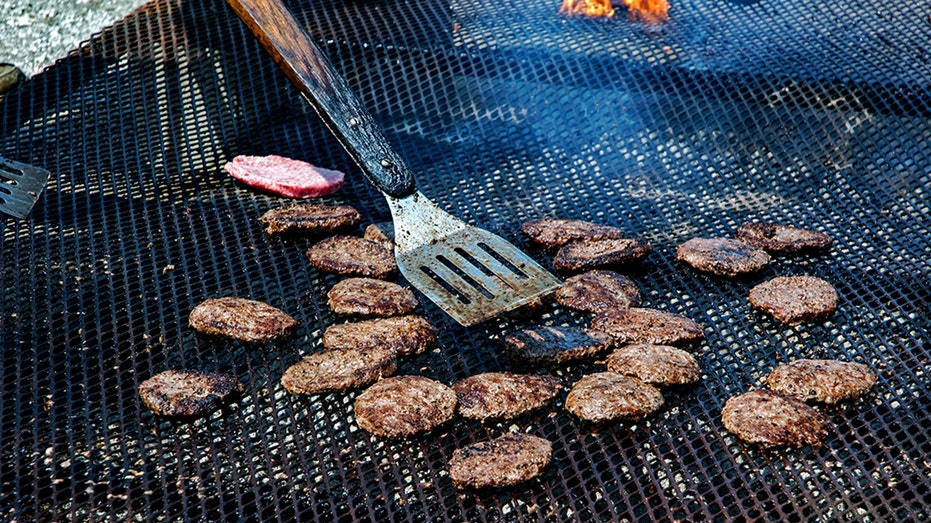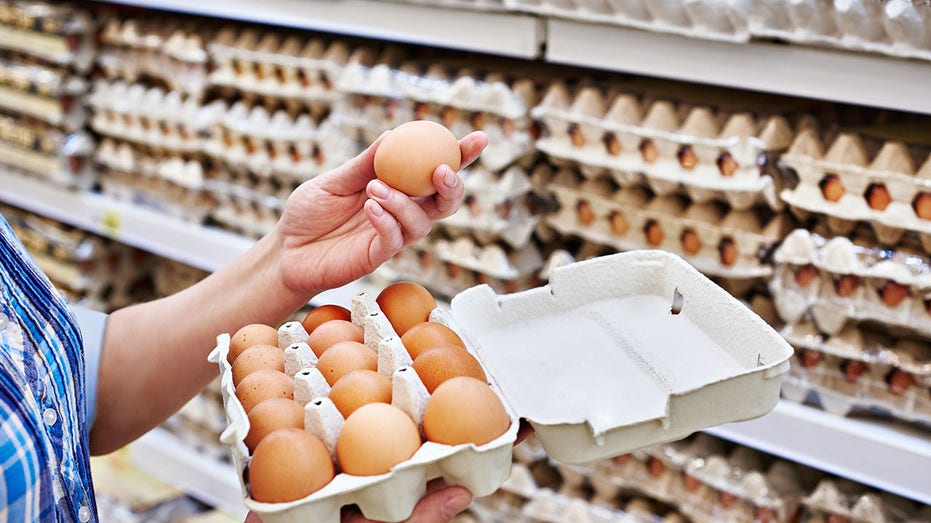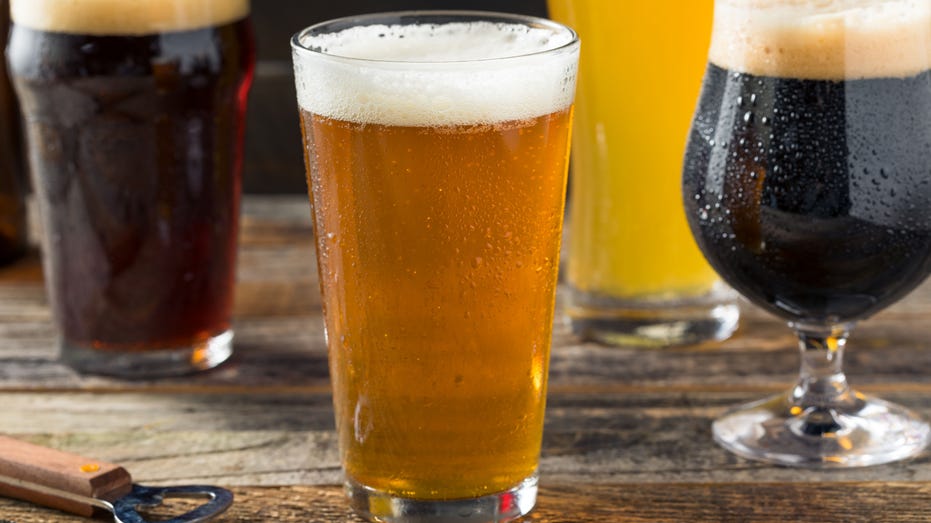Fourth of July foods and how much some popular items cost this year
Ground beef has gone up slightly, while potato chips, cookies, beer have seen higher increases
Chef shares Fourth of July recipes
Celebrity chef and restaurateur David Burke shares his favorite Fourth of July recipes for your cookout.
Americans hitting the grocery stores amid inflation to stock up for Fourth of July parties will see some reprieve on the costs of certain foods and not on others, a recent Wells Fargo report found.
The Wells Fargo Agri-Food Institute report looked at the average cost of food items for a July Fourth barbecue, ranging from meats and bread to cookies and beer. It drew from data released by the Bureau of Labor Statistics (BLS), including the Consumer Price Index (CPI).
Inflation measured by the CPI experienced a 0.1% increase month over month and a 4% increase year over year in May, marking some cooling, FOX Business previously reported. For food at home, it rose 01.% from April to May and 5.8% from the same time last year.
GAS PRICES DROP AHEAD OF 4TH OF JULY WEEKEND
How much people will spend on proteins for their Fourth of July cookouts will depend on the type they choose, the Wells Fargo report indicated.
For making burgers, the cost of a pound of ground beef, at an average of $5.36, has increased less than 1% compared to a year ago, the report said, citing the BLS. Throwing a sirloin steak on the grill, meanwhile, will have a per-pound price of $10.75, marking a nearly 3% increase year over year.

For making burgers, the cost of a pound of ground beef, at an average of $5.36, has increased less than 1% compared to a year ago, the report said, citing the BLS. (Getty/File)
Chicken breasts, on the other hand, cost $4.24, dropping nearly 2% from a year ago, the Wells Fargo report found.
Some burger fixings will be more expensive this year, such as processed cheese, which the Wells Fargo report said has had a 10% spike to $4.77 per pound. It also found that bread was $1.95 for a pound, marking a 22% increase, something it attributed to the high cost of flour but noted is "still very affordable" for many.
How much condiments will cost someone has increased 9% year over year – and so have dips – according to Wells Fargo.
GET FOX BUSINESS ON THE GO BY CLICKING HERE
The report put another July Fourth partygoer favorite, potato chips, at a $6.45 price per pound. It pointed to droughts in Idaho, North Dakota and South Dakota as having factors into the 15% spike compared to a year ago.

Eggs, which appear in various sides at cookouts, run about $2.67 for a dozen, according to the Wells Fargo report. (iStock / iStock)
Eggs, which appear in various sides at cookouts, run about $2.67 for a dozen, according to the Wells Fargo report.
They had previously been significantly higher, with factors such as an increase in production-related costs and bird flu playing parts in that in the past year. One thing that will help eggs is the cost of corn and soybeans declining, the report said.
For non-alcoholic beverages, the price of a 12-ounce soda averaged 54 cents, a 14% year-over-year increase to which labor and packaging costs have contributed, according to Wells Fargo. The report suggested going for a 2-liter bottle as a cost-saving strategy.
A pint of beer has become pricier compared to last year, climbing 8% to $1.74, per the report. Wine, meanwhile, has stayed relatively flat at $13.40 for a liter.

A pint of beer has become pricier compared to last year, climbing 8% to $1.74, per the report. (iStock)
Sweets brought out for a Fourth of July party will have a higher price tag, too, as a gallon of ice cream came in at $5.81 and a pound of chocolate chip cookies hit $5.15, the Wells Fargo report found.
Getting food for a cookout isn’t the only thing Americans will be busy with over the July Fourth holiday.
FOURTH OF JULY TRAVEL: BEST AND WORST TIMES TO HIT ROAD
Last week, AAA predicted that 50.7 million people will travel at least 50 miles, either by car or plane, amid Independence Day celebrations between June 30 and July 4. That total, which includes 43.3 million driving, 4.17 million flying and another 3.36 million using other methods of transportation, constitutes a new record, according to the organization.




















